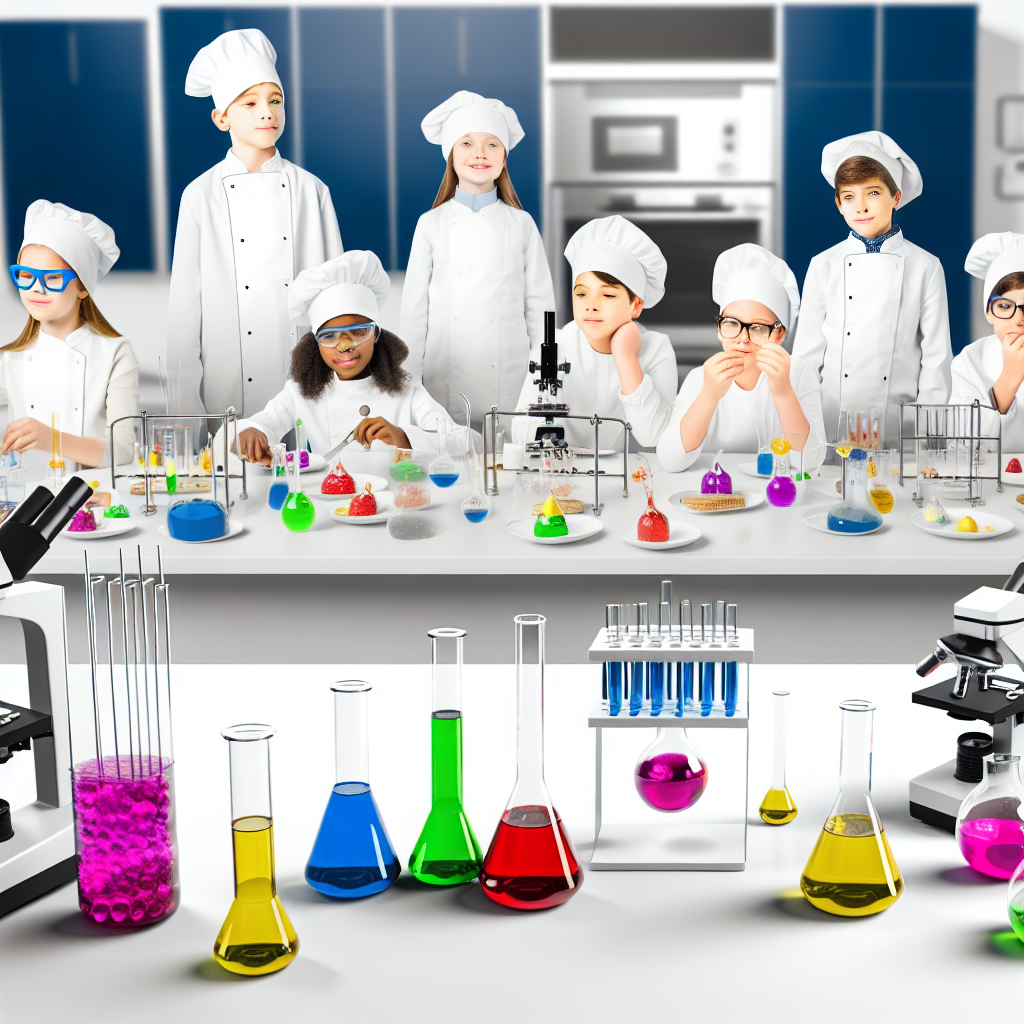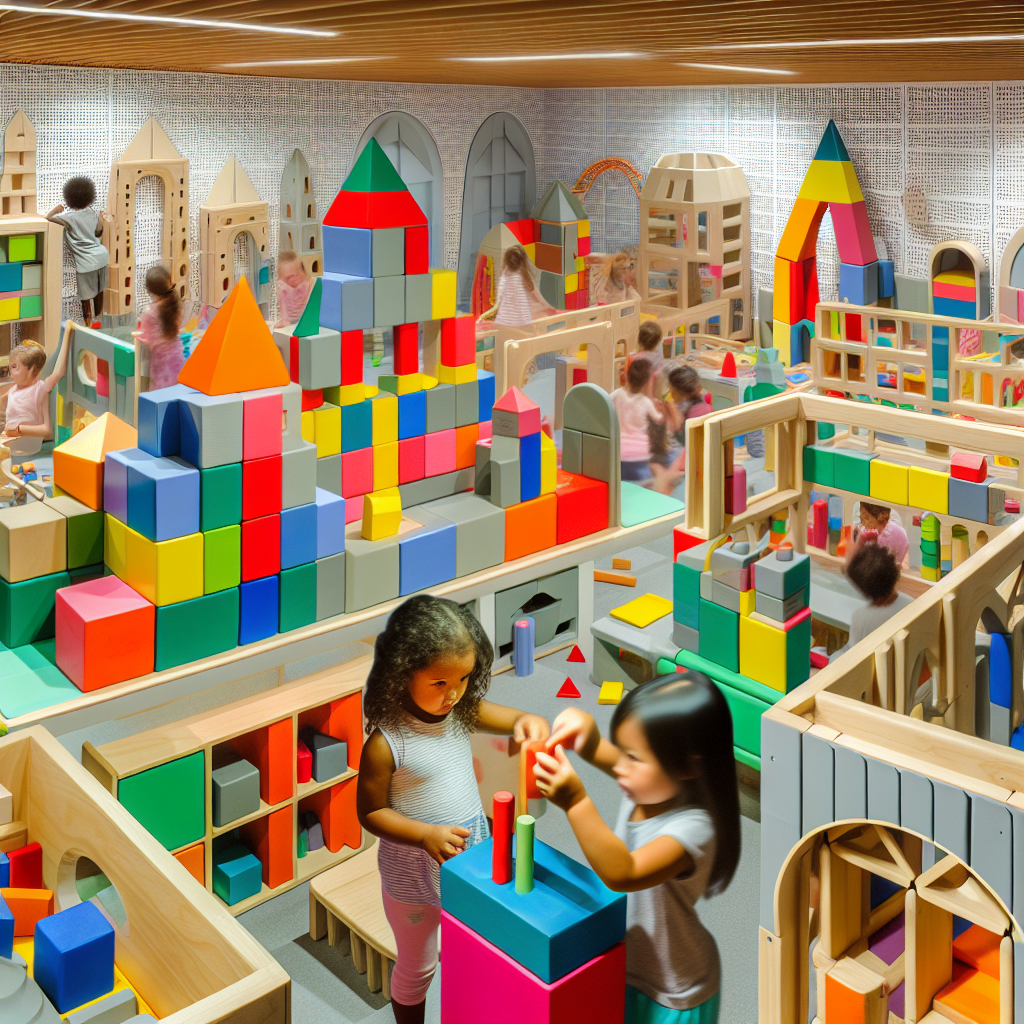Molecular Gastronomy Labs for Young Chefs: The Ultimate STEM-Culinary Fusion
In today’s innovation-driven world, exposure to interdisciplinary learning is one of the greatest gifts you can give a child. Imagine a space where they can play with food—only to discover they’re actually conducting a science experiment. Welcome to the exciting domain of molecular gastronomy labs for young chefs, where science, technology, and art come together in one delightfully tasty experience.
Inspiring Curiosity at the Crossroads of Science and Culinary Art
In an era increasingly shaped by innovative, cross-disciplinary skills, children are fortunate to explore spaces where science and creativity meet. One of the most electrifying frontiers in this realm is molecular gastronomy — the scientific study of culinary transformation. It reshapes the way we think about food, blending physics and chemistry to alter textures, flavors, and preparation methods.
For affluent families seeking to offer their children high-impact educational experiences, these innovative programs open the doors to hands-on cooking adventures that also function as real-time experiments in chemistry, thermodynamics, and biology. Young participants don’t just make gourmet dishes—they learn to question, explore, and transform their understanding of everyday materials in a safe and exciting setting.
Beyond Cooking Class: Inside Molecular Gastronomy Labs for Youth
These molecular gastronomy labs are typically designed for children between the ages of 8 and 16, offering more than just basic culinary instruction. Participants step into fully equipped lab-like kitchens, where they act as both chef and scientist. They experiment with spherification to make juice-filled spheres, use botanical foams to capture aromatic essences, and explore edible artistry by turning liquids into delicate gels and edible films.
These labs give children an opportunity to:
- Create molecular caviar using calcium bath techniques
- Use natural ingredients like agar-agar and lecithin to transform textures
- Work side-by-side with professional chefs and food scientists
- Document and present their findings as part of a multi-sensory showcase
Enrolling in such elite programs gives children a prestigious edge—not just in the culinary world, but also in science, design, and communications. These labs are particularly attractive additions to selective school applications and early college prep.
STEM is Served: The Scientific Power Behind Culinary Experimentation
At the heart of molecular gastronomy is a rich foundation in STEM concepts. These labs are immersive environments where children can develop real scientific skills through culinary experimentation. Renowned programs such as The Chef & The Science Lab in New York and the Kidz Culinary Science Program in London incorporate real-world scientific methodology into their curriculums.
Young participants get the chance to:
- Measure pH levels and acidity for flavor profiling
- Use dry ice and liquid nitrogen to learn about states of matter
- Experiment with emulsification to create stable mixtures
- Conduct reverse spherification and carbonation infusion to mimic food-tech innovations
By investigating concepts like chemical bonds, molecular interactions, and kinetic reactions, children gain a foundational understanding of science—while still enjoying a delicious outcome. It’s fun, it’s eye-opening, and it’s deeply educational.
Precision, Patience & Play: Building Cognitive and Academic Strength
Working in a molecular gastronomy lab isn’t just about science; it’s an exercise in discipline, imagination, and mental agility. These experiences promote non-cognitive skills like focus, persistence, and self-directed problem-solving—key traits for success in both academic and professional environments.
Young chefs handle scientific instruments such as:
- Pipettes for transferring ingredients with surgical precision
- Thermocirculators for sous vide cooking and thermal control
- Centrifuges for separating edible compounds by density
Through this hands-on work, students explore topics like rheology, polymer science, and metabolic transformation. According to a 2020 study by the International Journal of STEM Education, students in cooking-based science classes showed higher concept retention rates than those taught with traditional textbooks.
Furthermore, Harvard Graduate School of Education reports that hands-on cooking activates multiple brain networks, linking executive function with emotional memory. And the American Academy of Pediatrics supports this learning format, citing benefits in emotional development, attention span, and long-term cognitive growth through experiential play.
A Competitive Edge: Elevating Academic Profiles Through Edible Innovation
In today’s competitive academic landscape, unique experiences can set a student apart. Molecular gastronomy labs provide children with récumé-worthy skills that demonstrate both creativity and analytical depth. The ability to integrate scientific theory with artistic execution isn’t just fun—it’s a powerful statement of capability.
Students who showcase molecular gastronomy projects on portfolios, science fair entries, or school interviews signal to admissions officers that they possess:
- Interdisciplinary intelligence
- Initiative and innovation
- Hands-on experience with applied science
Whether your child moves toward a career in biomedical research, food technology, or creative production, their early exposure to culinary STEM programs will remain a unique cornerstone in their educational narrative.
The Future of Learning is Delicious
Molecular gastronomy labs are more than just a trend—they represent the evolving nature of education itself. In these spaces, the boundary between play and pedagogy disappears, replaced by hands-on tasks that foster independent thought, inquiry, and discovery.
By bringing together the best of STEM, culinary art, and experiential learning, these labs offer children a powerful head-start on tomorrow’s most important skills. They’re delicious, yes, but they’re also dynamic, demanding, and deeply rewarding.
For parents seeking to cultivate both intellect and imagination in their children, molecular gastronomy lab programs are no longer just enrichment—they’re essential.
References
- Science Through Cooking: The Use of Cooking in STEM Education – International Journal of STEM Education
- The Science of Cooking – Harvard Graduate School of Education
- The Power of Play – American Academy of Pediatrics
- Motivating Children to Persist – Child Development Perspectives
Ready to Enroll Your Young Chef?
Explore highly-rated molecular gastronomy labs for kids in your area. These programs combine cutting-edge science with culinary creativity to help your child learn through play, experimentation, and gourmet curiosity.
Where every meal is a lesson—and every lesson tastes like innovation.

Dominic E. is a passionate filmmaker navigating the exciting intersection of art and science. By day, he delves into the complexities of the human body as a full-time medical writer, meticulously translating intricate medical concepts into accessible and engaging narratives. By night, he explores the boundless realm of cinematic storytelling, crafting narratives that evoke emotion and challenge perspectives. Film Student and Full-time Medical Writer for ContentVendor.com




